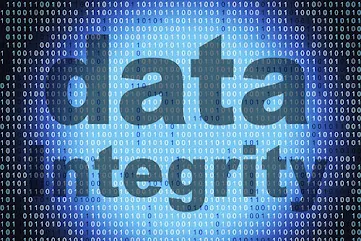AI Model Safety and Preventing Bias in Technology

Artificial intelligence has quickly moved from labs into our daily lives, shaping everything from hiring decisions to healthcare recommendations. But with that influence comes a critical responsibility: making sure AI systems are safe, fair, and free from unintended bias. Too often, algorithms reflect or even amplify the inequities in the data they are trained on, leading to harmful outcomes. The question is no longer whether AI can be powerful, but whether it can be trusted.
Why AI Bias Matters for Safety
AI bias is not always intentional. Most of the time it stems from the data. If a hiring model is trained on historical resumes from a male-dominated industry, it may undervalue female applicants. If a healthcare AI system is built using datasets that underrepresent minority groups, it could deliver less accurate diagnoses for those populations. In both cases, bias translates into real-world harm.
This is why AI model safety cannot be treated as a technical afterthought. It is a matter of ethics, equity, and accountability. For industries adopting AI, the risk is not just regulatory penalties or reputational damage but a genuine loss of trust among users.
Designing AI Models with Fairness in Mind
The first step to avoiding bias and harm is intentional design. This means carefully curating diverse datasets and continuously testing them for representational gaps. Teams should ask: who is missing from the data, and how could that absence create blind spots?
Transparency also matters. Black-box AI systems that produce decisions without explanations increase the risk of harm. By building models that provide reasoning behind their outputs, developers give users and regulators confidence that outcomes can be scrutinized, audited, and improved over time.
The Role of Human Oversight
AI safety is not achieved by technology alone. Human oversight is essential. Automated systems can flag potential risks, but humans must remain in the loop to interpret and intervene. For example, a financial institution might use AI to detect fraudulent activity, but human analysts need to validate unusual patterns before action is taken.
This human-in-the-loop approach ensures accountability and provides a safeguard against errors or blind spots the AI might not detect. It also builds trust by showing that AI is a tool to augment human judgment, not replace it entirely.
Regulatory and Ethical Frameworks
Governments and international organizations are catching up. The European Union’s AI Act is one of the most ambitious attempts to regulate AI safety, placing stricter requirements on high-risk applications. In the United States, the White House has introduced the AI Bill of Rights to set principles for transparency, fairness, and accountability.
For businesses, this regulatory momentum means that proactive adoption of ethical frameworks is no longer optional. Aligning with these guidelines early not only avoids compliance issues but also demonstrates a public commitment to responsible innovation.
Takeaway: Building Trustworthy AI
AI model safety is ultimately about trust. Avoiding unintended bias and harm is not just a technical problem but a human one. Developers, businesses, and policymakers must work together to ensure AI reflects the values of fairness, accountability, and transparency.
By designing systems with diverse data, keeping humans in the loop, and aligning with emerging ethical frameworks, we can build AI that is not only powerful but also trustworthy. The future of AI depends on whether users believe it serves them equitably and safely.






